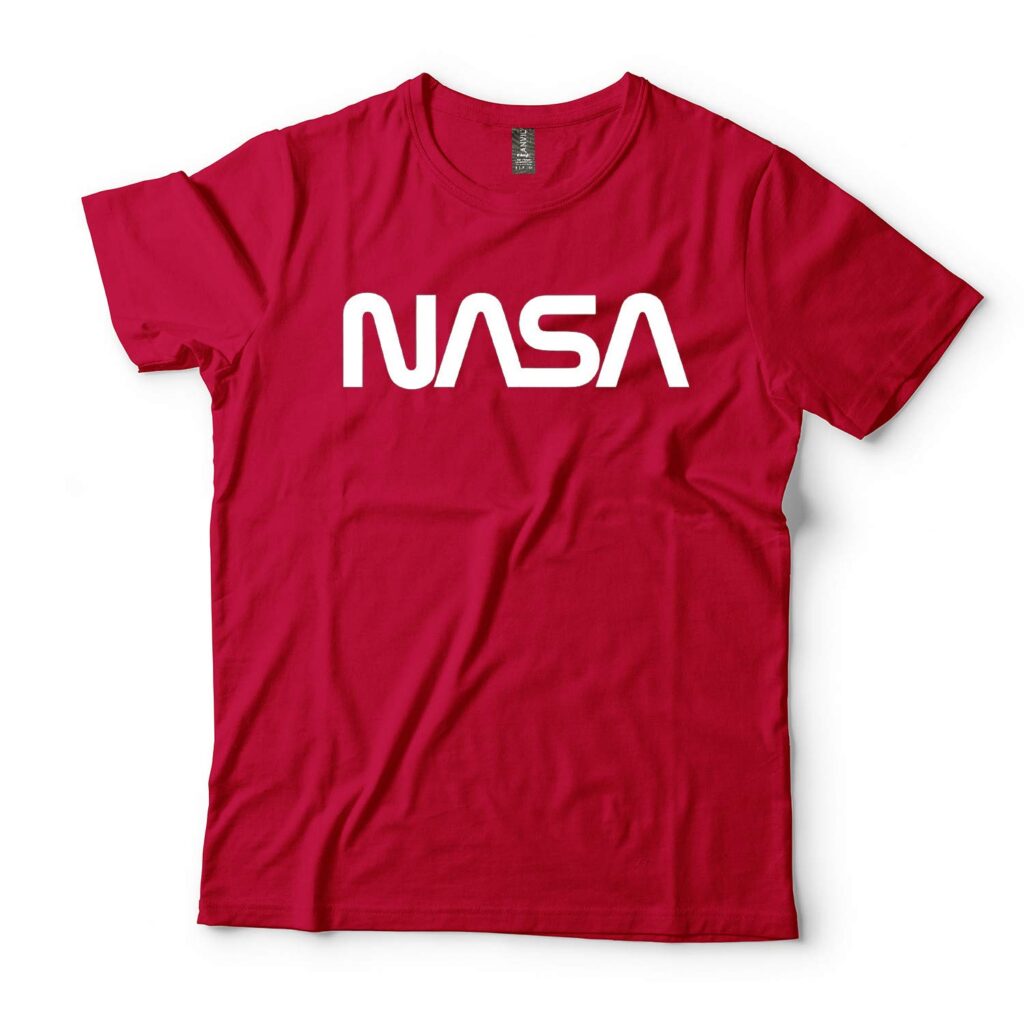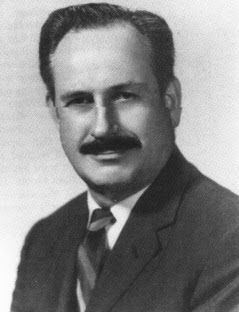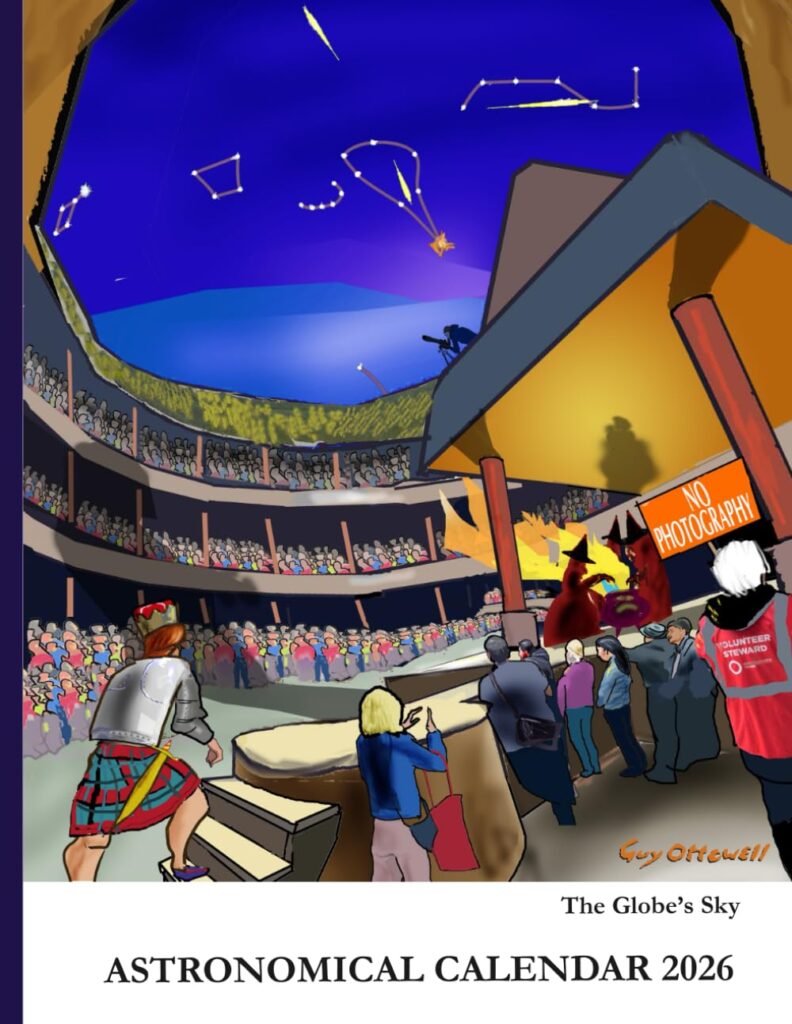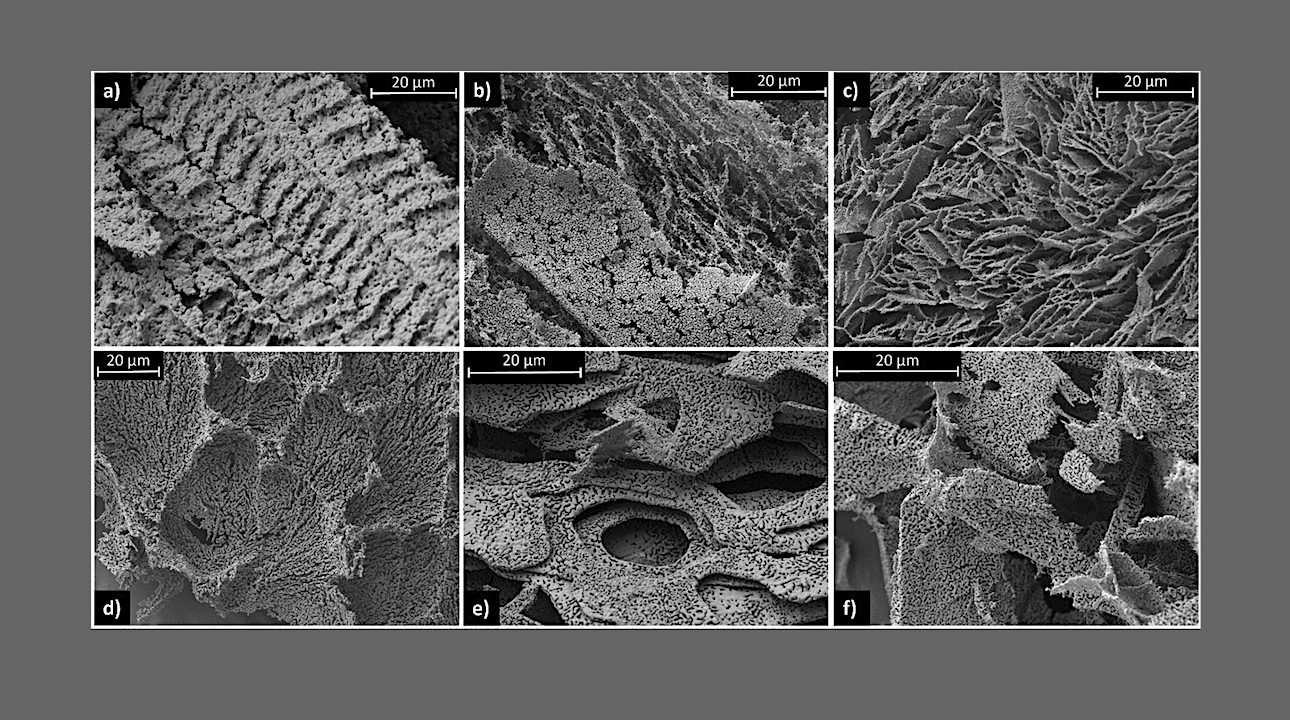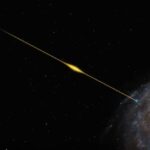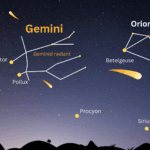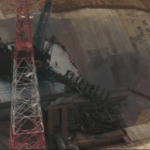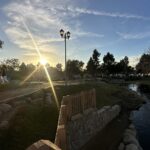Now Reading: Roswell Incident’s Mysteries Persist Amid New Testimonies
-
01
Roswell Incident’s Mysteries Persist Amid New Testimonies
Roswell Incident’s Mysteries Persist Amid New Testimonies
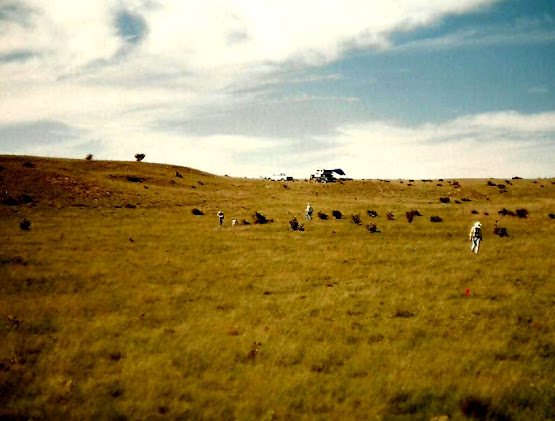

The Roswell incident of July 1947 remains one of the most debated events in UFO history, shrouded in mystery and speculation. At the time, the United States was enveloped in a post-World War II atmosphere filled with both excitement and anxiety regarding emerging technologies and the implications of the atomic age. The Cold War was beginning to take shape, and the fear of the unknown, exacerbated by the rapid advancements in military aviation and top-secret projects, set a perfect backdrop for an event that would later ignite imaginations and fuel conspiracy theories for decades to come.
In the weeks leading up to the incident, the nation was already on edge due to a series of mysterious aerial phenomena that were reported across the country. Kenneth Arnold’s sighting of flying saucers just two weeks prior to the Roswell event had captivated the public’s attention, leading to headlines in newspapers that fueled speculation about unidentified flying objects. Reports of unusual aerial formations, referred to as “flying discs,” spread like wildfire, creating a cultural landscape ripe for theories about extraterrestrial visits.
When Brazel, a local rancher, discovered unusual debris on his property near Roswell, his subsequent encounter with military officials would forever change the narrative. The initial excitement surrounding the discovery was short-lived; the military quickly downplayed the incident, attributing the wreckage to a downed weather balloon. This explanation, however, did little to quell public curiosity or suspicions. The disconnect between the account of ordinary citizens, like Brazel, and the narratives presented by authoritative sources sowed seeds of doubt and conspiracy.
As time went on, both the government and the military’s responses to questions regarding the incident became increasingly convoluted. The initial press release, which stated that a “flying disc” had been recovered, was later retracted, and the narrative shifted to that of a weather balloon. This inconsistency fueled suspicions about what really occurred in Roswell and raised questions about how much the government was willing to hide from the public.
Key players in the Roswell incident, including Major Jesse Marcel, who was involved in the military recovery of the debris, found themselves at the center of a storm of speculation. Marcel’s subsequent testimonies and interviews would reveal layers of complexity in the incident, as he struggled with the discrepancies between what he witnessed and what was officially reported. His insights into the nature of the debris, including its metallic properties and the size of the debris field, contradicted the government’s narrative, thus complicating the public’s understanding of the event.
Moreover, during this era, the idea of extraterrestrial life was gaining traction within the scientific community and the general populace. Theoretical discussions about the possibility of life beyond Earth were becoming more common, and the cultural phenomena of science fiction were beginning to take a strong hold in cinema and literature. This philosophical shift contributed to the growing belief that the debris recovered in Roswell could be linked to something far beyond mundane explanations.
The historical context surrounding the Roswell incident is critical to understanding the public’s reaction to the event and the ensuing speculation. With a backdrop of Cold War paranoia, advancements in aerospace technology, and an evolving understanding of the universe, the incident encapsulated the fears and fascinations of an era. Today, as we continue to sift through the layers of testimony and evidence, it’s essential to interpret the information with an awareness of the cultural and historical influences that shaped perceptions of UFOs and extraterrestrial life, both then and now.
In the interview with Jesse Marcel, several key insights emerge that challenge the prevailing narratives surrounding the Roswell incident. One of the most striking revelations is Marcel’s description of the debris field. He emphasizes its extraordinary size, measuring approximately three-quarters of a mile in length and several hundred feet in width. This detail contradicts the weather balloon explanation, which could not possibly account for such a vast expanse of wreckage. Marcel recalled filling both his jeep and a Buick with debris, suggesting a substantial amount of material collected from the site, further implying that what they encountered was not merely a mundane balloon but something far more significant.
Marcel’s insistence on the metallic composition of the debris is another critical point. He noted that the material was unlike anything he had ever encountered, which sparked his curiosity about its origin. During his assessment, he clearly stated, “I was curious if it was an object that hit the ground. And obviously it was not because there was no scar on the ground anywhere.” This observation points towards an aerial explosion rather than a crash landing, aligning closely with theories of advanced technology, as it suggests a craft that disintegrated in the atmosphere rather than a simple balloon accident.
Another intriguing aspect of Marcel’s interview is his mention of seeing a unique formation of lights in the sky shortly before the Roswell event. He recounted, “As fast as my car could run, I saw some lights in the sky, but it was a defined formation—perfect ‘V’.” This observation adds a compelling layer to Marcel’s narrative, suggesting that he may have had prior knowledge of phenomena that were not easily explainable within the frameworks of the time. The fact that he discussed this encounter with Major Edwin Easley, the provost marshal, indicates that it held significance within military circles, perhaps hinting at a broader awareness of unidentified aerial phenomena among military personnel.
Marcel’s testimony also becomes more layered when considering his assertion that he believed the debris was extraterrestrial in origin. Skeptics have often questioned how someone could make such a leap without concrete evidence. However, it’s essential to note that this belief was not formed in a vacuum. By 1947, the United States was increasingly captivated by reports of flying saucers, with Kenneth Arnold’s sighting already setting the stage for public interest in such phenomena. Marcel, as an intelligence officer, was likely well-versed in these discussions, which would have framed his understanding of the debris he encountered.
Moreover, Marcel’s reflections on the investigations and cover-ups following the incident highlight a disturbing trend of secrecy that echoes through contemporary discussions on UFOs and government transparency. The discrepancy between his firsthand experience and the official military narrative raises questions about the motivations behind the dismissal of the event as a simple weather balloon incident. As he articulated, “There are many other gems in the Speigel interview,” suggesting that the exploration of this event is far from over and that understanding it requires an open-minded approach, examining all available evidence without bias.
Additionally, the mention of witnesses like Bill Brazel and Bud Payne, who supported Marcel’s observations of the debris field and its characteristics, reinforces the idea that the official explanation does not align with the collected accounts of those who were on the ground. This collective testimony complicates the narrative, urging us to reconsider what was once dismissed as mere conspiracy theory.
In synthesizing Marcel’s insights with the broader context of the era, it becomes clear that the Roswell incident not only sparked controversy but also tapped deep into the collective consciousness about the unknown. As we continue to analyze these accounts, it very important to recognize that while memories may fade or become altered over time, they still form a vital tapestry of human experience that deserves to be explored with rigor and respect.
Stay Informed With the Latest & Most Important News
Previous Post
Next Post
-
 012024 in Review: Highlights from NASA in Silicon Valley
012024 in Review: Highlights from NASA in Silicon Valley -
 02Panasonic Leica Summilux DG 15mm f/1.7 ASPH review
02Panasonic Leica Summilux DG 15mm f/1.7 ASPH review -
 03How New NASA, India Earth Satellite NISAR Will See Earth
03How New NASA, India Earth Satellite NISAR Will See Earth -
 04And Thus Begins A New Year For Life On Earth
04And Thus Begins A New Year For Life On Earth -
 05Astronomy Activation Ambassadors: A New Era
05Astronomy Activation Ambassadors: A New Era -
 06From Polymerization-Enabled Folding and Assembly to Chemical Evolution: Key Processes for Emergence of Functional Polymers in the Origin of Life
06From Polymerization-Enabled Folding and Assembly to Chemical Evolution: Key Processes for Emergence of Functional Polymers in the Origin of Life -
07SpaceX launch surge helps set new global launch record in 2024












